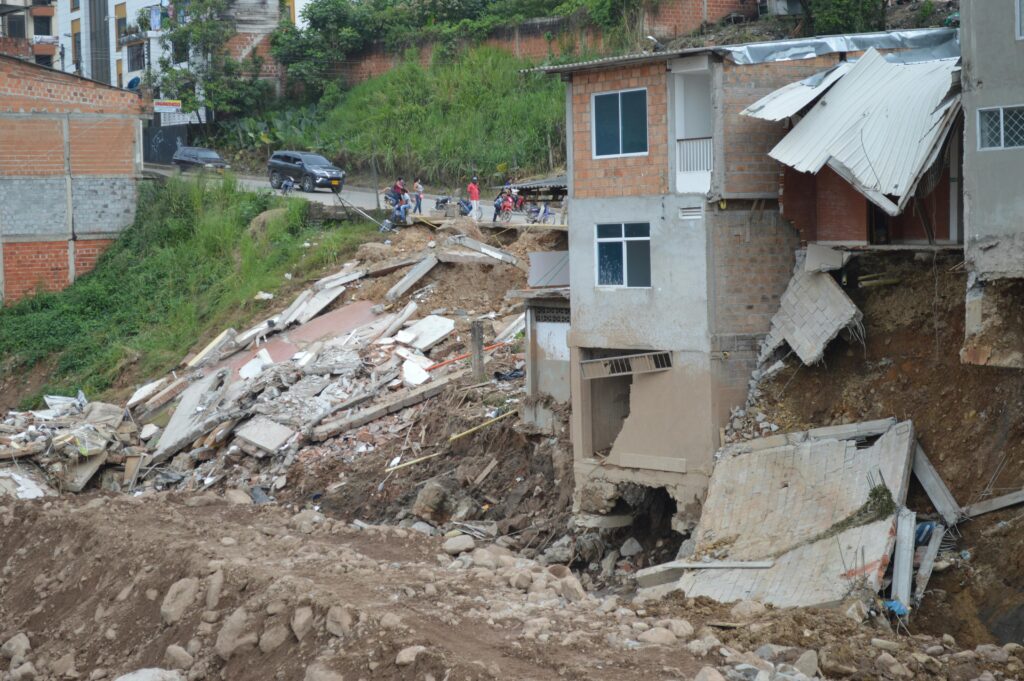support@socaa.org | +27 -739-045-948

Disaster Relief in Africa
Disaster relief plays an indispensable role in mitigating the impacts of natural and man-made catastrophes. Across Africa, numerous countries frequently face challenges such as droughts, floods, cyclones, and humanitarian crises. Effective disaster relief not only addresses immediate needs but also lays the groundwork for long-term recovery and resilience.
Disaster relief is a lifeline for millions across Africa, providing critical support in times of crisis. By donating, volunteering, and advocating, individuals and organizations can significantly contribute to these efforts. Collaborative and sustained support ensures that affected communities not only recover but also build resilience against future disasters.
Disaster Relief in Africa
Cyclone Idai in Mozambique, Zimbabwe, and Malawi (2019): Cyclone Idai, one of the worst tropical cyclones to hit Africa, caused widespread devastation in Mozambique, Zimbabwe, and Malawi. The international community, including the United Nations and numerous NGOs, mobilized quickly to provide emergency shelter, food, and medical aid. Efforts also included rebuilding infrastructure and restoring livelihoods.
Drought and Food Insecurity in the Horn of Africa: Countries like Ethiopia, Somalia, and Kenya often experience severe droughts, leading to food and water shortages. In response, organizations such as the World Food Programme (WFP) and local governments deliver critical food assistance, water, and support for sustainable agricultural practices to build community resilience against future droughts.
Floods in South Africa: South Africa regularly contends with seasonal floods, particularly in areas like KwaZulu-Natal and Eastern Cape. These floods displace communities, destroy homes, and damage infrastructure. Relief efforts from the South African government, along with NGOs like Gift of the Givers, focus on providing temporary shelters, clean water, and rebuilding efforts to help affected communities recover.
Humanitarian Crisis in South Sudan: Ongoing conflict and political instability in South Sudan have resulted in significant displacement and humanitarian needs. Organizations like Médecins Sans Frontières (Doctors Without Borders) and the International Red Cross provide vital medical care, food, and safe shelter to thousands of displaced persons.
How to Help
Supporting disaster relief efforts can be done in various impactful ways:
Financial Donations: Monetary contributions are often the most flexible and effective way to help. They allow relief organizations to allocate resources where they are needed most, whether it’s for immediate response or long-term recovery. Donors can contribute to international organizations like the Red Cross, or local entities such as the South African Red Cross Society.
Volunteering: Many relief organizations rely on volunteers to assist with logistics, distribution of aid, and on-the-ground support. Volunteering with local NGOs or community groups in affected areas can make a direct difference.
Donating Supplies: Providing essential supplies such as food, water, clothing, and medical kits can be critical during the immediate aftermath of a disaster. Ensure that the donations match the needs communicated by relief organizations to avoid overwhelming them with non-essential items.
Advocacy and Awareness: Raising awareness about the needs and challenges faced by disaster-affected communities can mobilize more resources and support. Advocacy can also influence policy changes to improve disaster preparedness and response strategies.
How Donors Can Support
Long-Term Funding: While immediate response funding is crucial, long-term financial support is essential for rebuilding and recovery efforts. Donors can establish partnerships with relief organizations to fund ongoing projects and capacity-building initiatives.
In-Kind Contributions: Donors, particularly corporate entities, can provide in-kind support such as logistics services, technology solutions, or pro bono expertise to enhance the efficiency and reach of relief operations.
Partnerships and Collaboration: Building partnerships with local NGOs and community groups ensures that aid is culturally appropriate and reaches those in need more effectively. Collaborative efforts can amplify impact and ensure a more coordinated response.
Capacity Building: Investing in the capacity building of local organizations and communities empowers them to manage disasters more effectively and independently. Training, resources, and infrastructure development are vital for fostering resilience.
